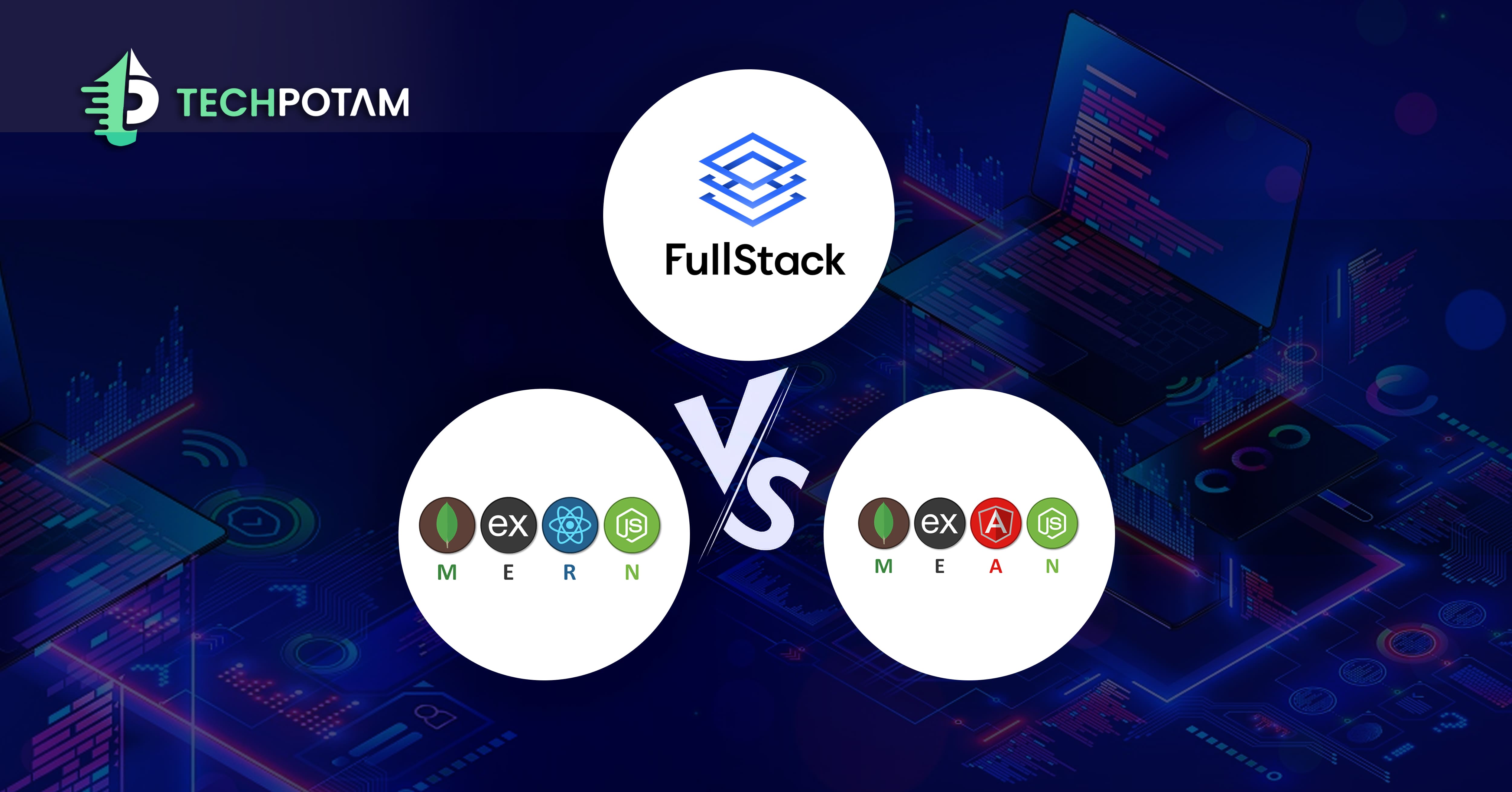An organization’s criteria should be met, team members should work together across silos to solve problems, and projects or features should be finished at the end of the process so that the firm may expand the functionality of its applications.
The early 2000s saw the widespread adoption of the agile approach, which changed how we create software and other goods.
But after a few years of being the norm, a crucial overlook emerged: the operations team’s methods and needs, which delivered and managed software products, were not included in the revolution. DevOps, a strategy that coordinated development and operations teams, resulted from this.
This article will assist you in thoroughly comprehending the similarities and differences between Agile and DevOps as more firms strive to adopt both practices.
What does AGILE mean?
Agile is an iterative method of software development and project management that emphasizes teamwork, client input, and quick releases. It emerged from the software development sector in the early 2000s, assisting teams in responding to shifting market conditions and client requests.
An agile method incorporates some forward planning and design, but the development is done in small batches and with tight stakeholder engagement. In contrast to goods built using the waterfall process, changes are continually integrated, and a usable version of a product is frequently provided sooner.
Steps involved in Agile methodology
1. Research and requirements
A team will identify and record the needs and requirements of the assigned work at this stage. The remainder of the sprint is shaped by these tasks and requirements, as does the planning phase.
2. Planning
The sprint’s further steps are decided during the Plan stage. This stage manages the specified task(s) goals in accordance with the data found during the discovery stage.
3. Conceptualization
The Design stage focuses on the task’s solution; during this phase, a solution is designed for the assigned task(s) utilizing data and input from the intended audience.
4. Build & deploy
The whole project’s development, testing, and deployment are taken care of during the Develop/Deploy stage.
5. Monitor & optimize
After the Deploy stage, the Review and Monitor stage gathers audience input and comments. In order to ensure the success of the subsequent sprint, Review and Monitor also serve the information gathered to the Discovery stage.
Steps involved in DevOps methodology
1. Plan
The DevOps team chooses the project’s specifications, tools, and precise objectives at this phase. The next step is to map out and allocate a path of action.
2. Code
The project’s coding starts at the code stage, and the design and development teams begin working on the project.
3. Build
The project code is integrated into the development environment at this point for testing reasons.
4. Test
The test step is crucial since it makes sure the project performs as expected by the strategy. The team also detects any faults or problems at this point.
5. Launch
Before deployment, any remaining bugs are checked one more time during the release stage. The team will decide whether to approve or reject the project’s deployment at this point.
6. Deploy
During the deployment step, the project is put into use and put under observation in production.
7. Perform
Running, administering, and maintaining the project while it is in operation are the key focuses of the Operate stage. During the rise and fall of the project’s peak use, the Operate stage makes sure that the project is scaling with the user load.
Difference between Agile & DevOps
The main distinction between DevOps-based and Agile software development methods is that the latter emphasizes continuous testing, delivery, and deployment while the former places more emphasis on adapting to ongoing changes.
| Agile | DevOps | |
| Scope | Made for little, but moderate changes. | Perfect for large-scale projects. |
| Focus | Depends on frequent feedback and suggestions. | Productivity b/w development & operation teams |
| Tools | Task management platforms, such as Jira, Trello, etc. | Automation tools such as Jenkins. |
| Iterations | Repetitive processes | Rapid feedback in loops |
| Frameworks | Scrum, XP | Kanban |
The Agile Manifesto expressly places a high priority on working software, collaborating with customers, and adjusting to change. These are undoubtedly the same principles as DevOps, but they have been expanded to include system administration and executing apps in addition to the development process.
Combination of Agile & DevOps
Using Agile and DevOps together improves team productivity, efficiency, and cooperation. By breaking up your team’s work into sprints, your company will be able to get quantifiable data for both the team and the project.
The current pain sites may be recognized and backlogged for the following sprint with each sprint. The pipeline for your team and the demands of your project determine the sprint’s duration.
Your team may better organize the pipeline and project process by beginning your DevOps pipeline with an Agile sprint. As a result, DevOps may go forward with more assurance and effectiveness when its objectives are well-defined.
Collaborate with the most talented dedicated developers for web & mobile app
| Web Development Company in USA | Hire Dedicated Developers |
| Hire Node JS Developers | Hire Mean Stack Developers |
| Hire Dedicated Mern Stack Developers | Custom Software Development Services |
Conclusion
DevOps and agile both aim to enhance the efficiency and quality of software development, making a discussion on one without the other mostly moot. While some teams, including those at Techpotam, have experienced tremendous success with agile approaches, others haven’t fully reaped its promised benefits.
This disparity can arise from various factors, perhaps from teams not adequately grasping or implementing agile methodologies. For businesses like Techpotam that might face challenges with Agile, integrating a DevOps strategy could be the key to bridging the gaps and achieving the desired outcomes.
Techpotam has established in various other countries, offering business-oriented solutions. You can find us as














